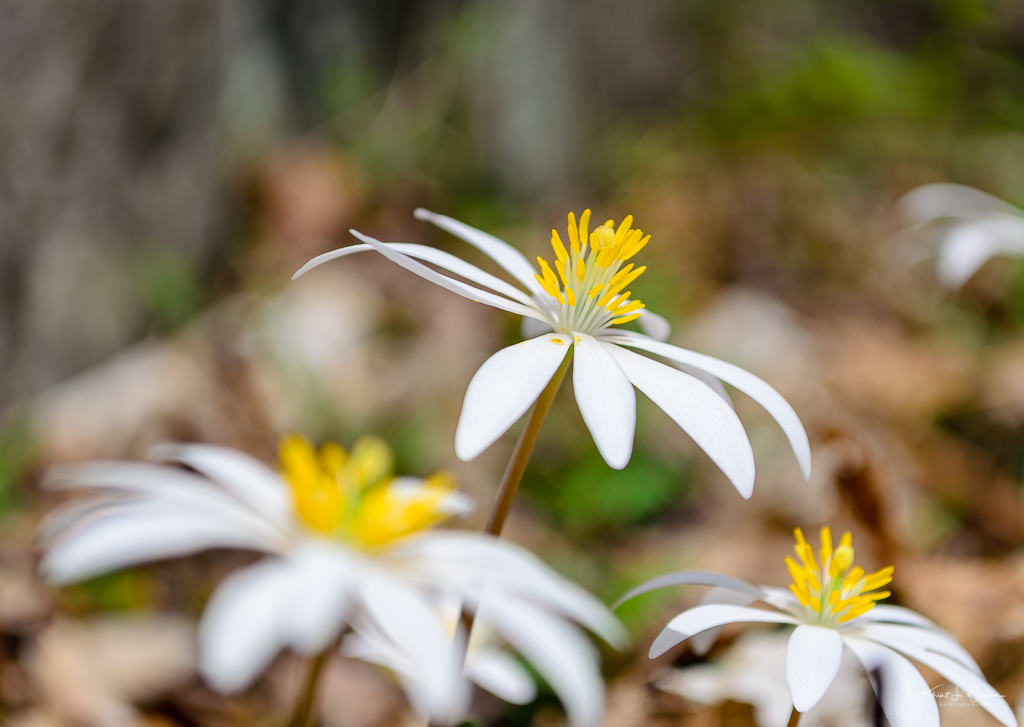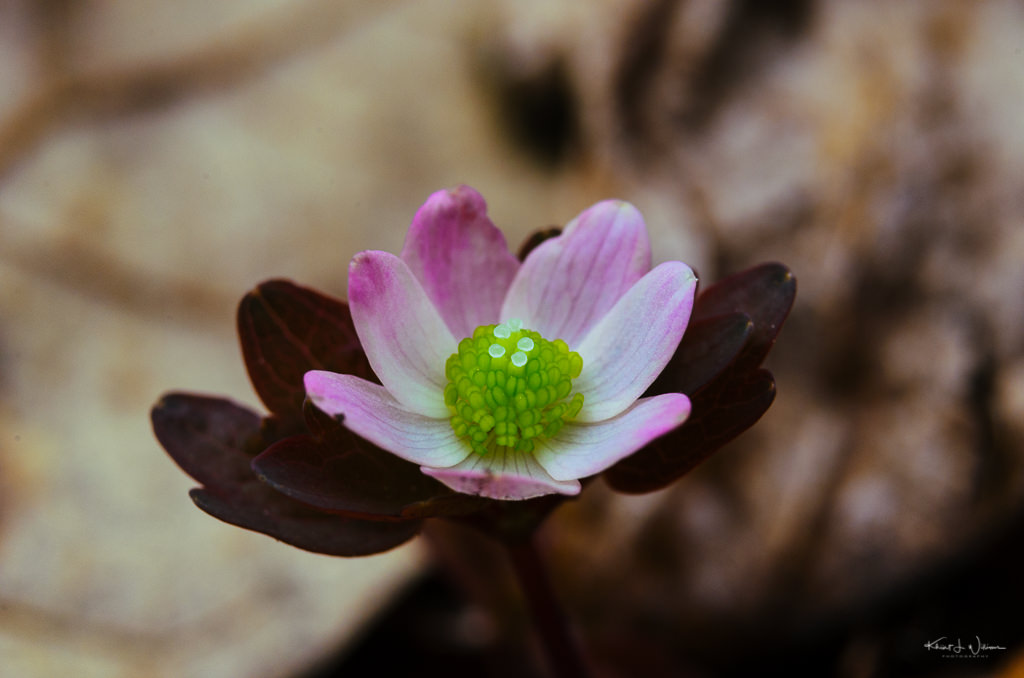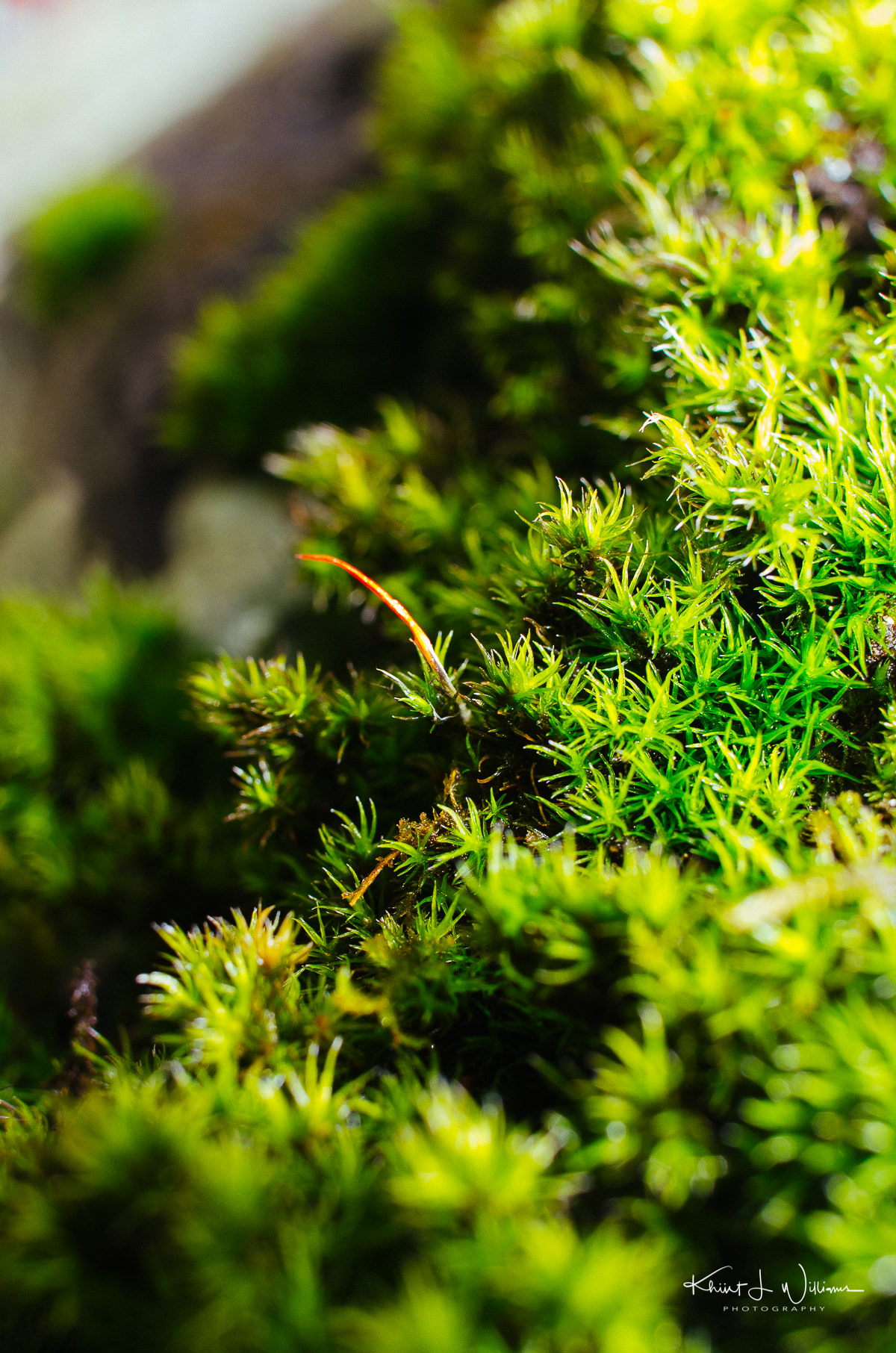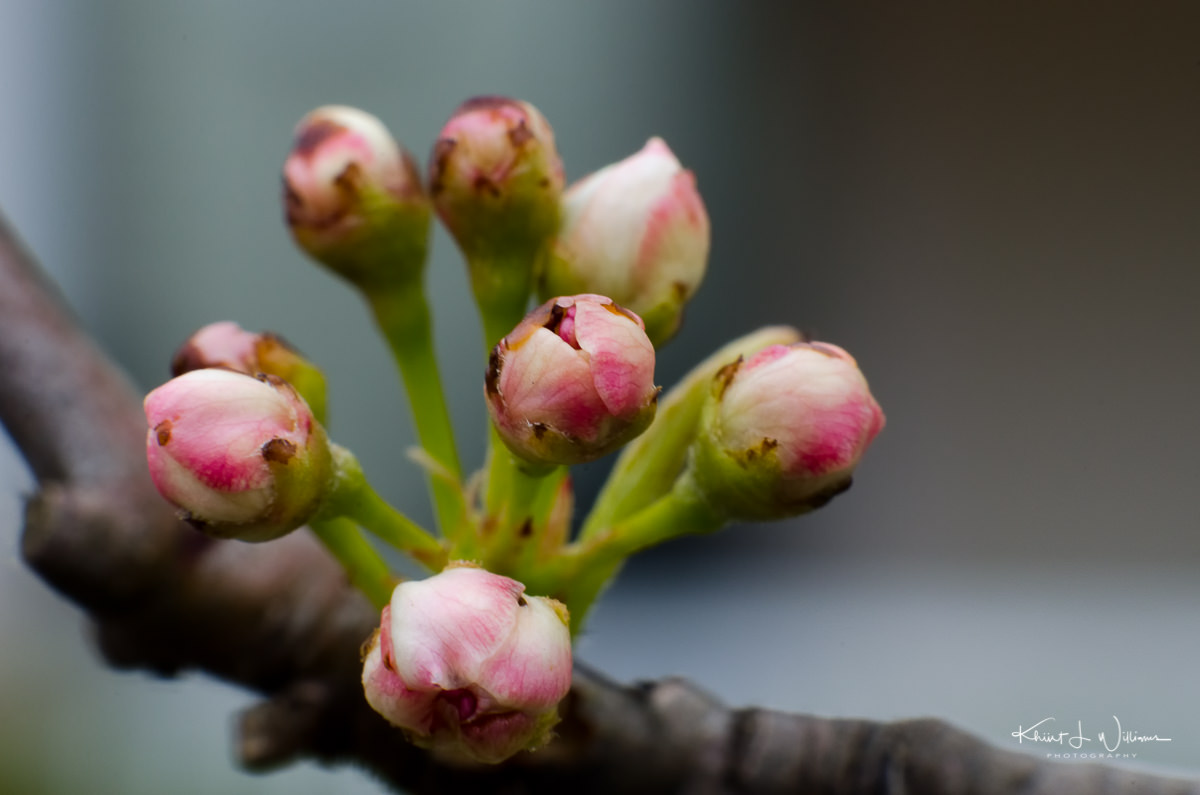The word bokeh is a Japanese loanword to the English language. The term refers to the visual quality of the out-of-focus areas of a photographic image. Note that bokeh is not the same as a blur. Bokeh is the quality of the blur. Visible bokeh is often achieved by shooting at very wide apertures to blur the background.
One of the characteristics of macro photography is that subjects are shot at close distances. While this close camera-to-subject proximity can lead to visually pleasing images captured from a unique perspective, macro photography presents unique technical challenges. One of these challenges for macro photographers is achieving sharp focus for all of the subject’s essential elements. This is dependent on depth-of-field (DOF).
In macro photography, DOF depends primarily on just two factors: aperture value and magnification. At any given aperture value, the higher the magnification ratio, the smaller the DOF. These factors are why DOF is so shallow in macro; the magnifications are more significant than in any other type of photography.
If the lens's aperture is too wide, the DOF will be too shallow, and many areas of the subject will be out of focus. To increase the depth of field and bring more areas of the item into focus, the photographer must decrease the aperture of the lens. Aperture is controlled by the f-stop setting on the camera or lens.
You can see an example below where an aperture of f/16 produced a DOF too shallow to bring the entire flower into sharp focus.

It was a challenge to execute the bi-monthly Macro Moments challenge. I do not have a dedicated macro lens. I shoot with Kenko extension tubes attached to my AF-S DX Nikkor 18-55mm f/3.5-5.6 lens. It is not an ideal setup, but it was the least expensive way to try macro photography.
To shoot macro with this lens and extension tubes while getting a depth-of-field that produces enough depth of field, I have to shoot at around 48mm with the extension tubes, at an f-stop between 22 and 32. The extension tubes are the only way I can control the magnification ratio. I had to experiment with the various tubes, which meant taking many test shots, removing one of the tubes, re-attaching the lens, etc.
The result is the Rue anemone photo in the featured image for this post, which also doubles as my submission for this challenge. The bokeh is noticeable but not as prominent as it would have been shooting wide open.
Macro Moments was created by avid macro photographer, Susan Gutterman, to share the beauty of macro photography and learn from other photographers. A new challenge begins on the 1st and 3rd Wednesday of each month. The winner’s photo may be featured on her blog and used as the banner in the announcement for the next challenge.





